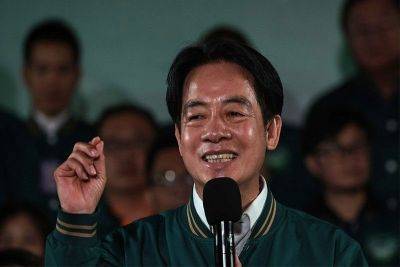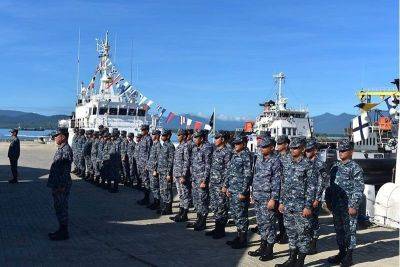China, US hold rival SCS drills
BEIJING – Chinese and US warships were in the South China Sea yesterday, conducting rival exercises in the disputed waters amid heightened tensions involving US ally the Philippines.
Beijing’s People’s Liberation Army Southern Theater Command a day before said a two-day deployment of its navy and air force, scheduled to end today, was carrying out “routine patrols” in the sea.
It did not mention where exactly the patrols took place or give specific details of the goals of the exercises. They took place as the United States said an aircraft carrier strike group led by the USS Carl Vinson was conducting two days of drills with the Philippine Navy.
Beijing claims almost the entire South China Sea and has ignored an international tribunal ruling that its assertions have no legal basis. It deploys boats to patrol the busy waterway and has built artificial islands that it has militarized to reinforce its claims. And while China typically uses its coast guard to enforce its claims in the area, military exercises are not uncommon, with Beijing’s navy conducting “routine” drills in late November.
But this week’s drills follow a month of tense standoff between China and the Philippines in Ayungin Shoal that saw a collision between vessels from the two countries and Chinese ships blasting water cannons at Philippine boats.
One expert told AFP that Beijing was seeking to turn the South China Sea “into a Chinese-controlled waterway and a strategic chokepoint for other countries.”
“The South China Sea is becoming... a key defensive zone for China,” Michael Raska, assistant professor and military expert at Singapore’s Nanyang Technological University, said.
Beijing is also using the area to test “reconnaissance and surveillance,” he said, deepening its ability to “project presence and influence in the sea.”
China this week insisted the Philippines was to blame for the spike in tensions, with the foreign ministry saying Manila had “reneged on its words, changed its policy, infringed on China’s sovereignty and made provocations again and again and triggered complex situations.”
Ministry spokeswoman Mao Ning told a regular press conference on Dec. 29 that “China will take







